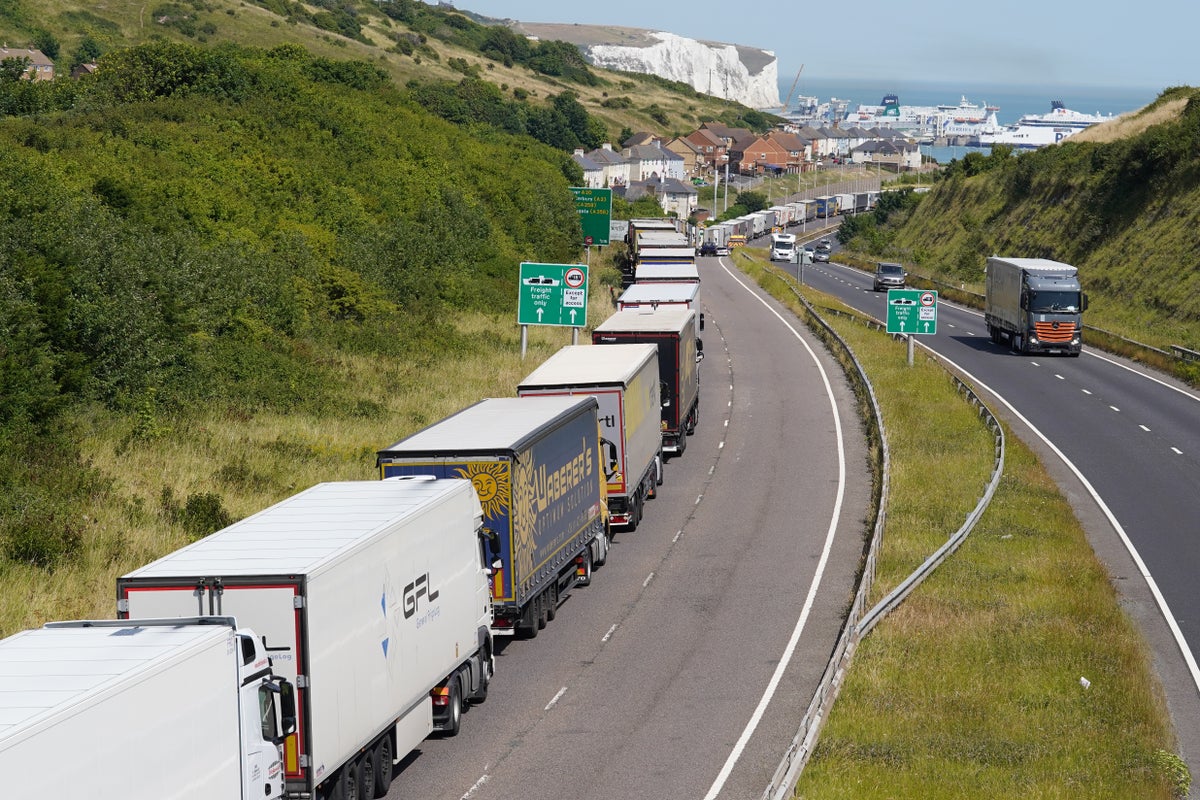
The hot weather has resulted in school closures, transport issues, and people being urged to think about working from home.
Why does it feel like the country comes to a standstill when the mercury rises, and will we have to adapt due to more heatwaves expected in future?
– Is the UK less equipped to deal with extreme heat than other countries?
Infrastructure in the UK is better designed to keep us warm rather than cool.
Nigel Arnell, professor of climate system science at the University of Reading, said that all infrastructure is designed to cope with conditions within a specific weather range, where that range depends on local weather and climate.
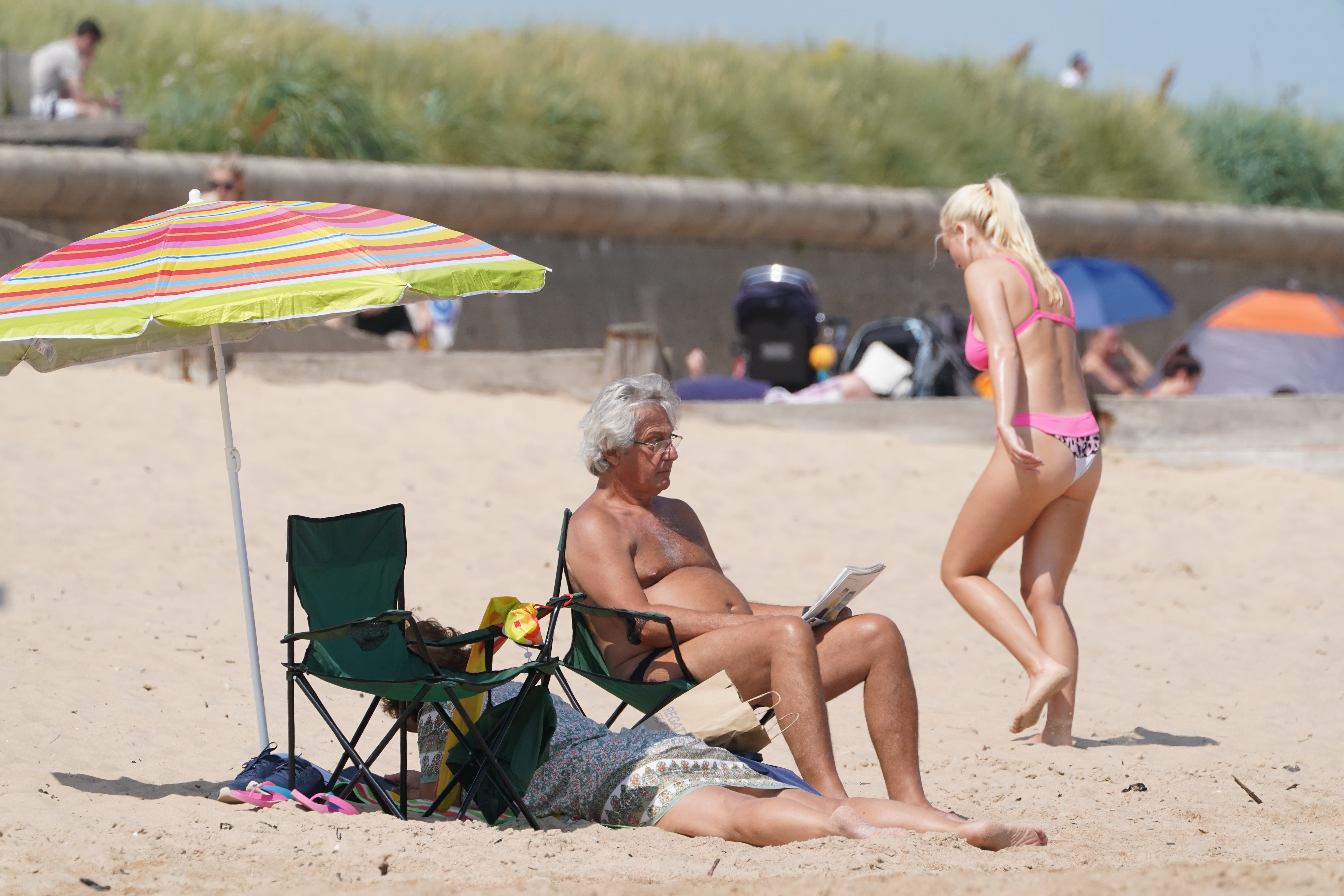
When conditions exceed those design standards, then pre-prepared emergency measures kick in, he said.
Prof Arnell said that we are clearly now seeing conditions outside the design range more frequently than anticipated, which means disruption occurs more frequently than we would like, and experiencing unprecedented conditions increases the chance that emergency plans are not adequate.
– So why exactly do trains struggle in the UK heat, but seem to carry on running in Europe?
The rails in countries typically hotter than the UK are stressed to withstand higher temperatures, according to Network Rail.
Rails in the UK have a stress-free temperature of 27C – the UK mean summer rail temperature.
Other countries choose different temperatures depending on their climate.
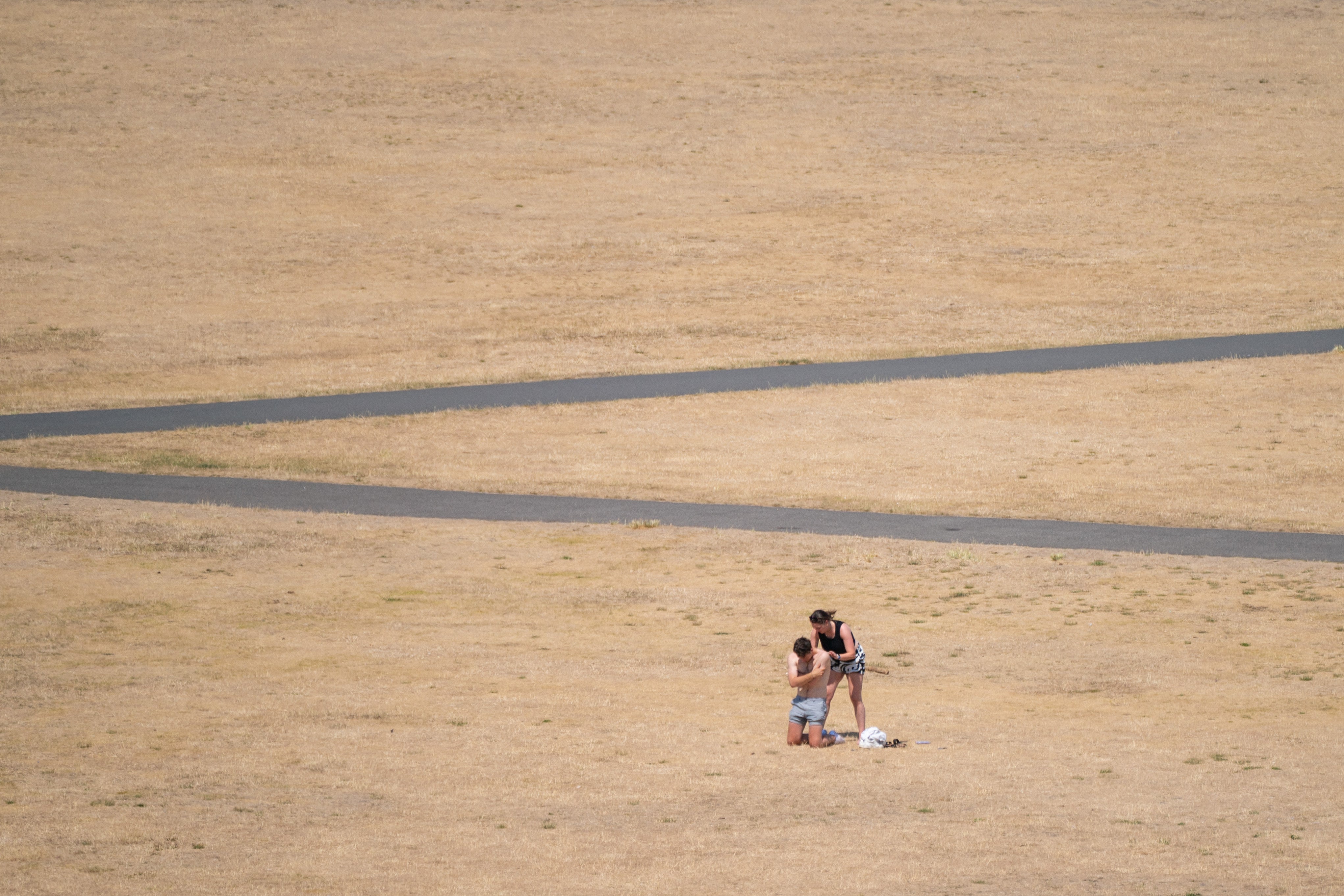
Network Rail said some countries regularly have extremes in temperature that affect their railway, and may adjust their rails between summer and winter, or have other measures in place to manage the effects over the long term.
The variations in short-term weather and long-term climate in the UK mean that it is neither practical nor cost effective to implement these measures permanently on the British rail network, Network Rail explains on its website.
– Can any of the problems we face now be addressed for future heatwaves?
Prof Arnell pointed out that much of the infrastructure that will be there in 20 or 30 years is already here, so the big issue is how and when to “retrofit” to upgrade to new standards.
He said retrofitting is expensive and disruptive and how it is done will depend on how often assets are renewed – how often are rail tracks relaid or roads resurfaced for example.
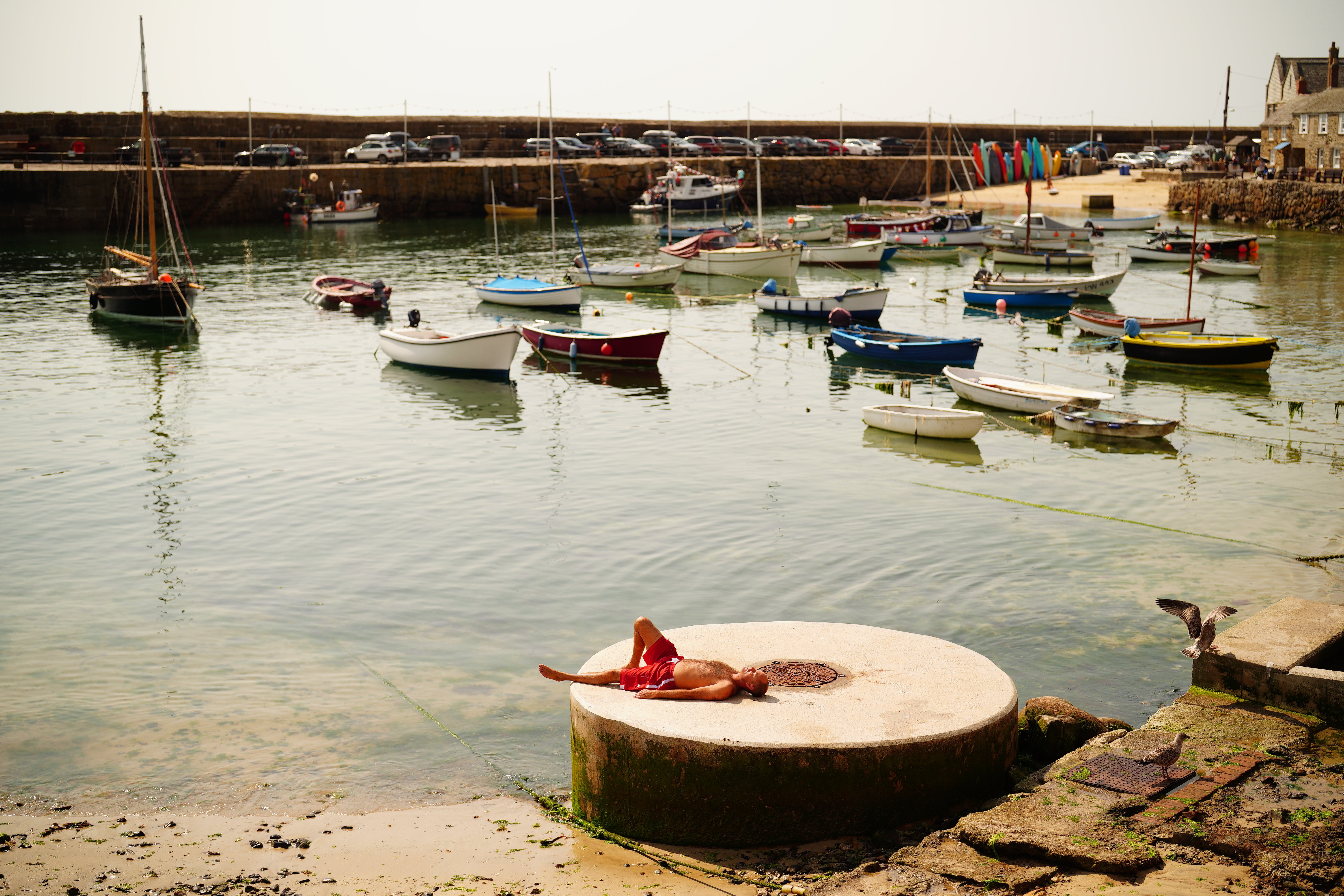
Chloe Brimicombe, a PhD heatwaves researcher at the University of Reading, said that going forward we have a mandate for infrastructure investment to help us all to adapt to the heat, whether this is urban greening or heat pump technology.
She said urban greening cools down urban areas and also reduces air pollution and captures rainfall, while heat pump technology keeps people cool and also reduces emissions.
– What is it like on the London Underground in the hot weather and are there any plans to have more air conditioning?
Transport for London (TfL) said 192 of its trains – around 40% of the fleet – are air conditioned, and there is enhanced ventilation on the Victoria and Jubilee lines.
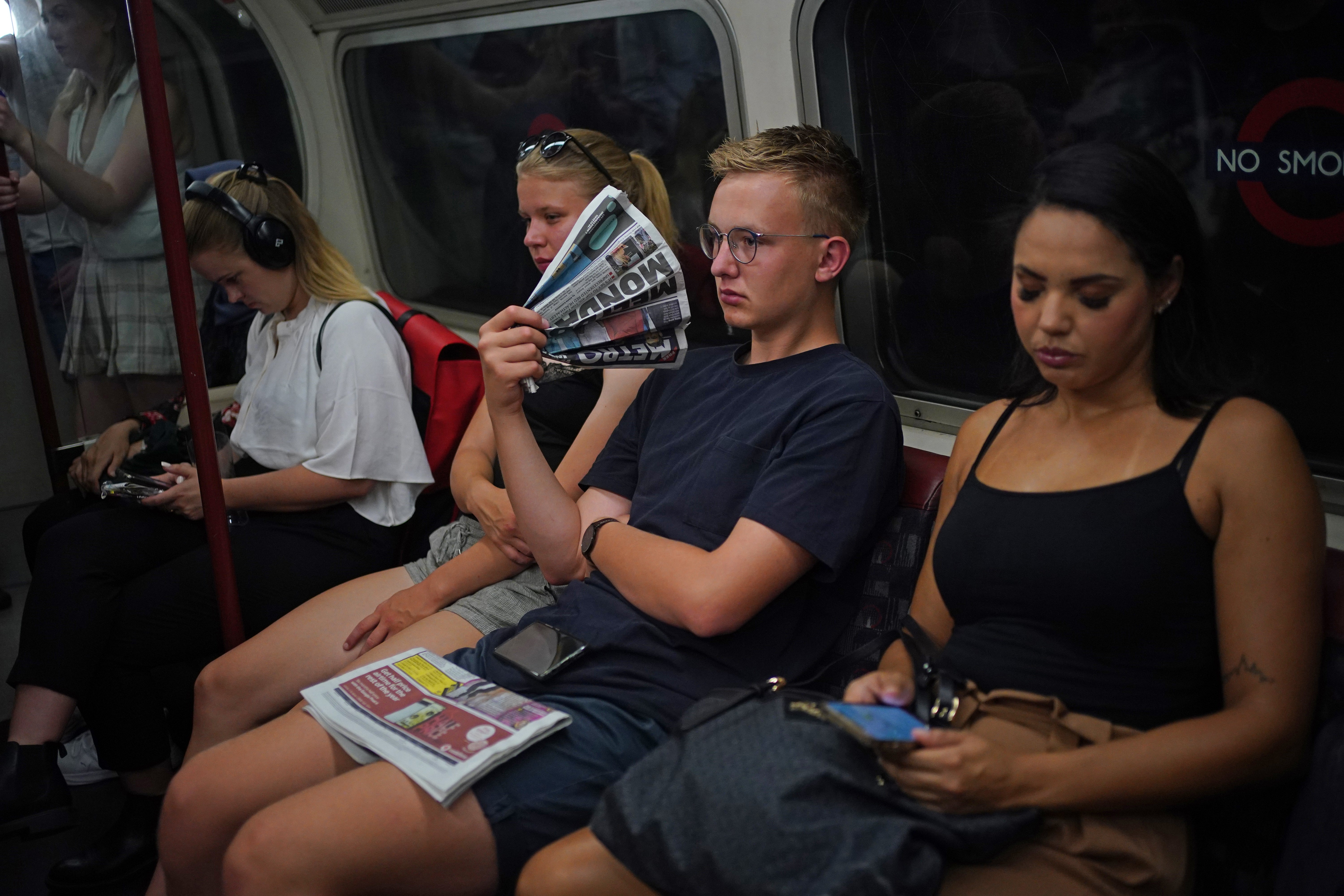
On some of the older deeper lines, there are industrial-sized fans and chiller units which produce cold air on the platforms.
TfL said the new Piccadilly line fleet will have state-of-the-art air-conditioned trains.
Previously it has not been possible to install air-conditioning on the Bakerloo, Central, Northern, Piccadilly and Jubilee Lines due to the size of the trains and tunnels and the physical train layout.
– What about the roads?
The Local Government Association said some councils have been deploying gritting fleets to ensure roads are not damaged from the rise in temperature.
The sand soaks up excess bitumen and acts as a sponge, and a spokesman said it is being used on more rural, older exposed roads that may be at more risk of damage from the heat.
– Do the types of buildings in which we live and work contribute to the difficulties?
Yes. Dr Paul O’Hare, senior lecturer in urban geography & development at Manchester Metropolitan University, said heatwaves in this country are “a major blind spot” as the buildings in which we live and work very often have been built 30, 40 or 50 years ago, and were built for a very different climate.
He said one of the big challenges is how to retrofit those buildings, adding that there are still buildings going up that will not be fit for the future climate.
– But what about buildings in warm parts of Europe?
Dr O’Hare said buildings in the Mediterranean are built in such a way that solar gain is minimised, meaning that not as much sunlight will be able to stream in throughout the course of the day, whereas buildings in the UK are often orientated to maximise solar gain.
This can be fine for the winter, but not so great for a changing climate.
Dr O’Hare said we need to get better at designing buildings in such a way that they do not heat up so much in the summer.
– What about air conditioning?
Dr O’Hare said air conditioning is “paradoxical” and a “coping strategy” because, while it cools a room or a property, it actually heats up the environment around it and takes energy to run which will generate climate changing gases.
– Could our towns and cities be better designed to cope with the heat?
Dr O’Hare said that aside from layout and street alignments, there could be better public spaces, green spaces, and integration of green infrastructure such as trees, bushes and vegetation in and around housing developments.
He said Phoenix, Arizona – one of the hottest cities in the US – is a good example of this where trees have been planted along streets to give people shade.







